Tom's Guide Verdict
The Quip is a well-designed electrical toothbrush, but its subscription service might not fit your schedule.
Pros
- +
Sleek design
- +
Convenient subscription service
- +
Easily replaced heads
Cons
- -
Pricey
- -
Works as well as less-expensive brushes
Why you can trust Tom's Guide
May 24 Update: Quip also offers a Kids Electric Toothbrush to make brushing more fun for children.
Can Quip do for dental hygiene what Dollar Shave has done for men's grooming? As attractive as anything designed by Apple, the Quip electric toothbrush, made of eye-catching metal and plastic, is definitely for those who like fancier stuff. But while I appreciated the Quip's elegant design, the toothbrush doesn't feel especially different, and its subscription cycle — which sends you a replacement head and toothpaste every three months — felt rushed. After spending some time using it to clean my pearly whites, I'm wondering if it should have been called the Hype, and not the Quip.
Because this isn't the kind of device we typically review at Tom's Guide, I reached out to Dr. Jessica Hilburg, a doctor of dental surgery and the associate dean for Clinical Affairs at the New York University College of Dentistry, to help us arrive at our final rating.
Design
I have to hand it to Quip, the metallic bar of the toothbrush feels nicer than any I've ever used, as if the company used the same metal supplier that Apple did for its iPad backs. The brush's On/Off button also offers a solid feel to each click, though cheaper competitors such as my previous toothbrush, the Oral-B Pro-Health Pulsar (two for $9.49 on Amazon) also provide that same sensation.
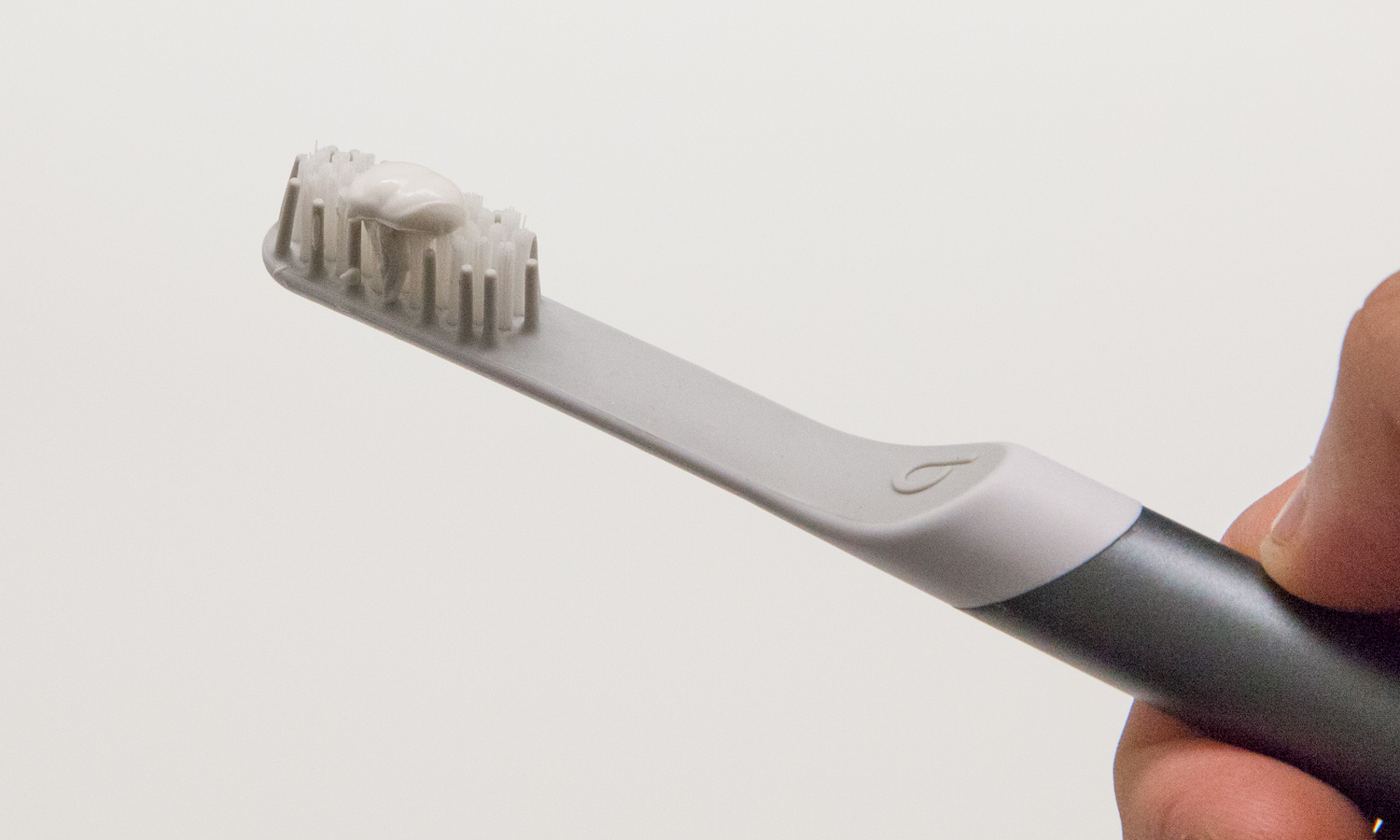
In its marketing material, Quip doesn't position its toothbrush against cheaper models, though, but instead suggests that you don't need all the bells and whistles that other toothbrushes offer. Those sentiments mean no bulky charger, one, simpler mode and "no color/angle gimmicks." This, Quip claims, "exclude[s] gimmicks that do little but increase prices," as they're trying to "provide a more simple, honest and healthy clean."
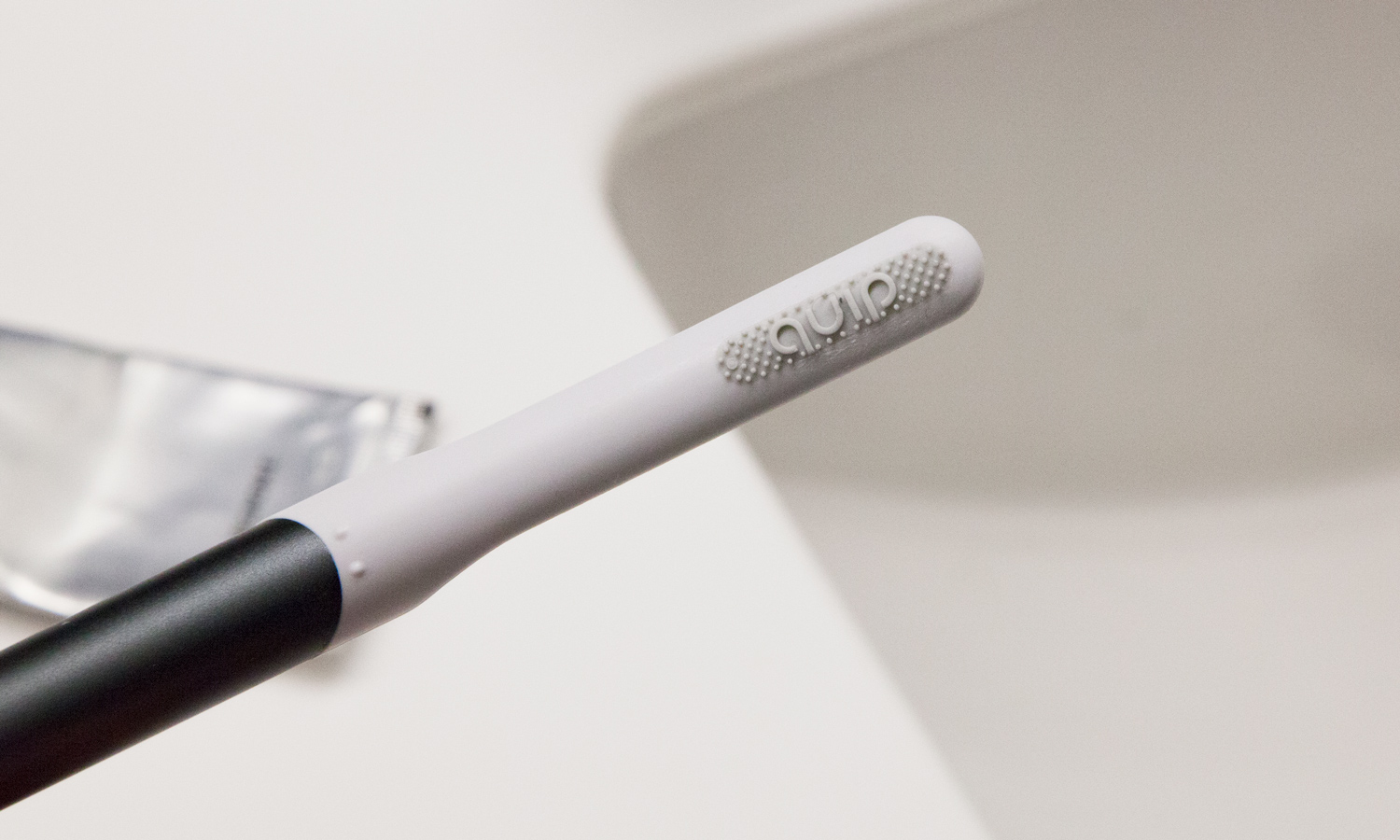
Quip includes a caddy, which it wants you to stick to a mirror or other surface, to keep it away from other brushes and your toilet. But I'm not one to slap stuff on my walls or mirror, so that thing was chucked in the trash the second I got it in the mail.
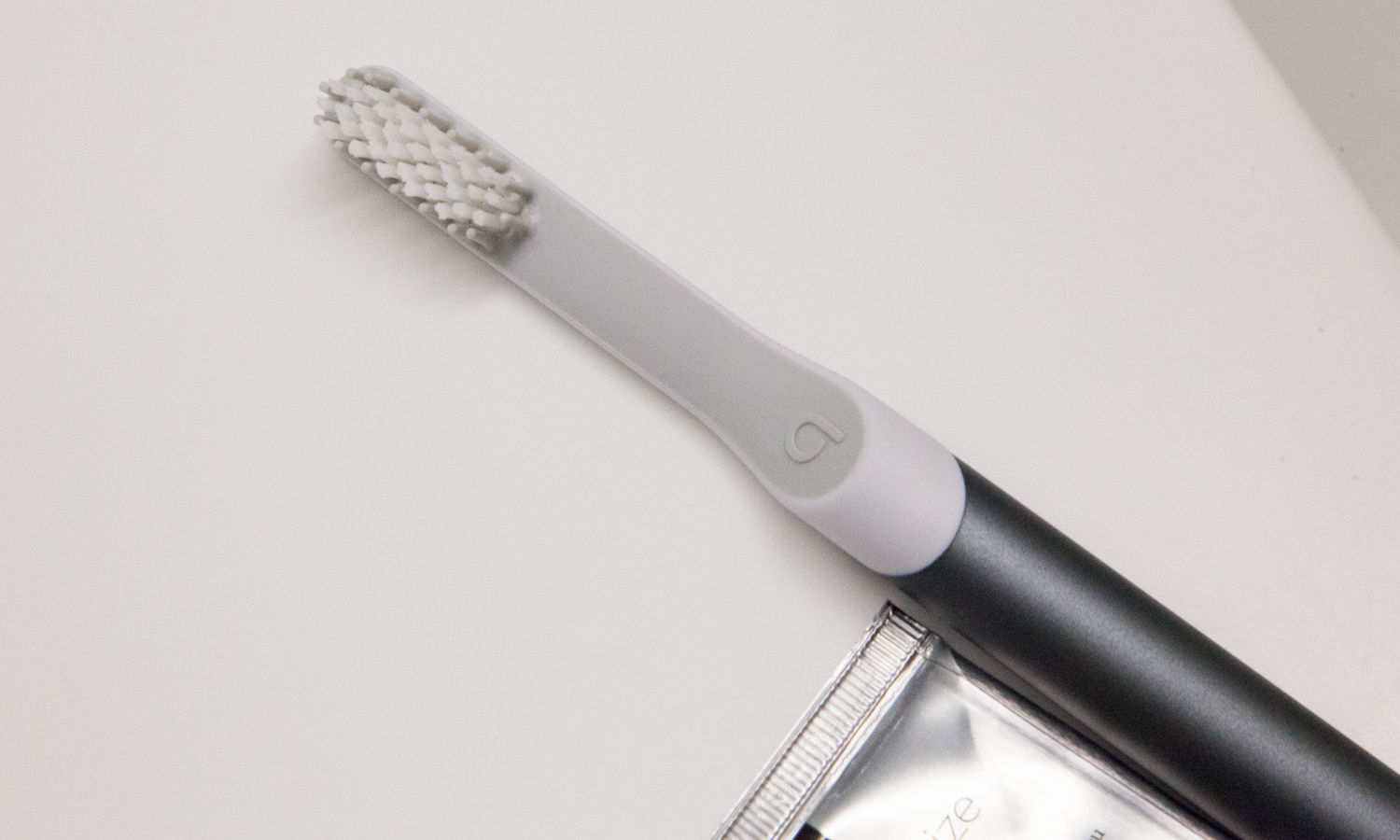
Hilburg isn't sold on the power of design, telling me "a sleek design is aesthetically pleasing but I don't know if that would get people to follow through with their dental [upkeep]." In my experience, it's been a minor reason to remember, kind of like buying new workout clothes to persuade oneself to go to the gym more often.
MORE: Best Tech Gifts Under $20
Aside from how nice it felt to grip my metal Quip, everything felt normal when I started to actually use it. The vibrating head simply shakes the bristles, the same experience I'd get with my old, store-bought vibrating toothbrush.
Brushing my teeth
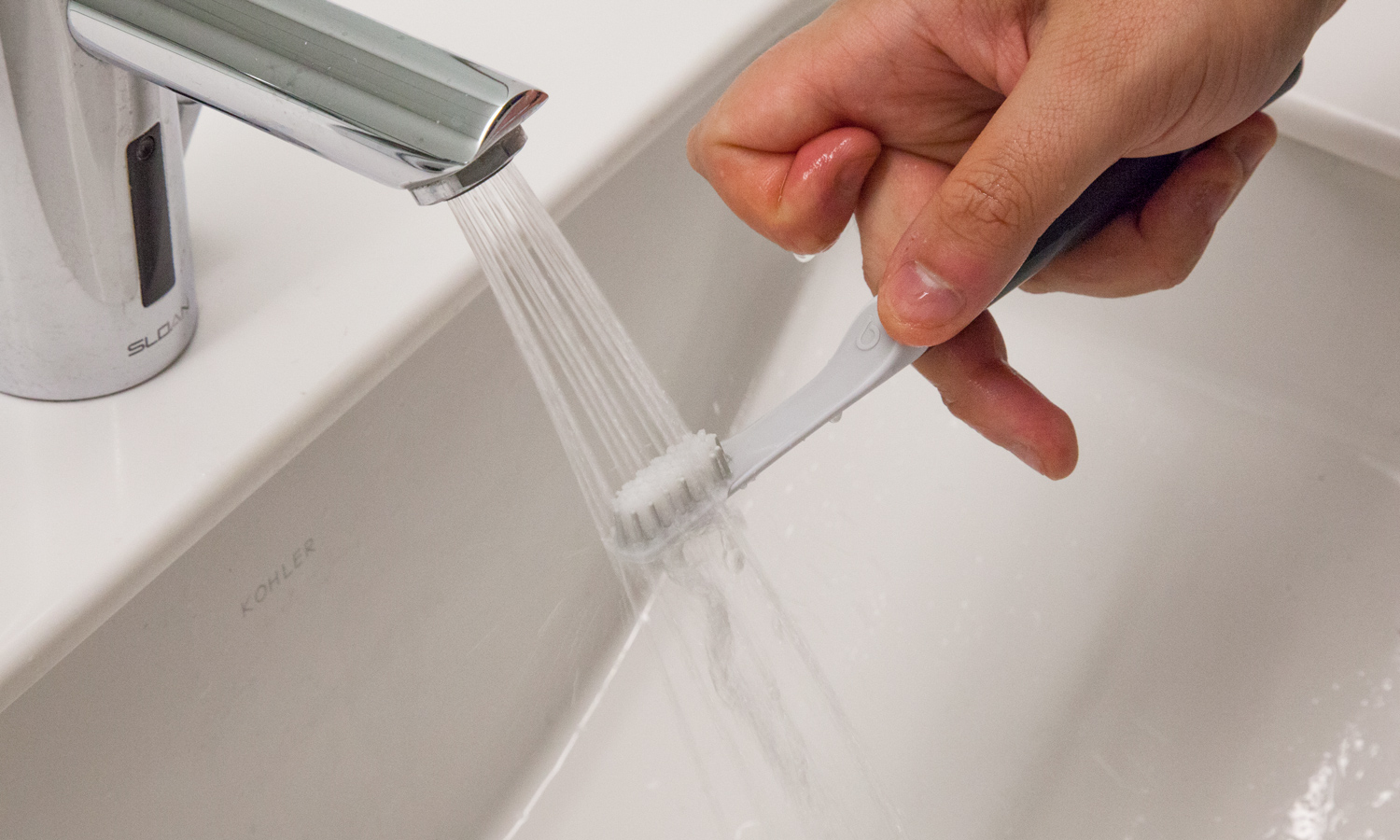
Over the course of 2 minutes, the Quip pauses once every 30 seconds, which is a nice way to remind you that you've got a whole mouth to brush. It appears I didn't pay close enough attention when I got the Quip, though, as it took months for me to realize it had a timer that stopped after 2 minutes.
It turns out, I'm not the only one. "Patients often brush for less than 2 minutes," Hilburg told me, before breaking the news that 2 minutes is an optimal amount of time to brush. Clearly, I've been doing it wrong.
Refills
The biggest differentiator about Quip's toothbrush is that the company sends you replacement brush heads every three months, for $5 per head. Unfortunately, when my first three-month subscription period ended, I didn't feel the need to upgrade. The brush head didn't show any signs of aging, and so I turned off the subscription program.
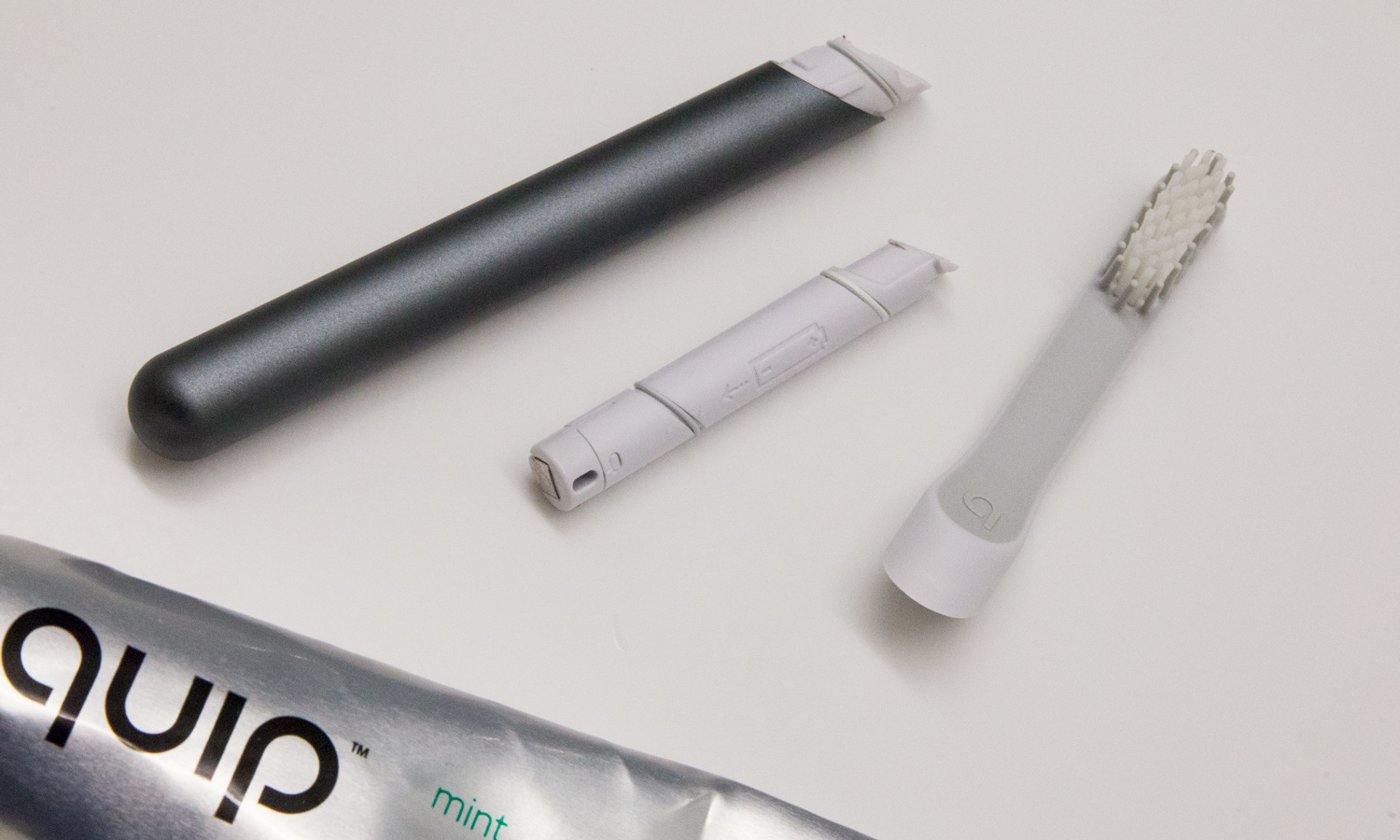
Compared with other electric toothbrushes with replaceable heads, though, the Quip is affordable at first, but more expensive down the road. The Oral-B Pro 1000 costs the same $45 to start, but it sells you eight replacement heads for $13, which breaks down to $1.63 per head, as opposed to the $5 heads from Quip.
Hilburg told me that the need for new brushes (or brush heads in this case) won't be the same for all brushes, but depends on how "the bristles hold up over time." She elaborated, noting that if "bristles become crushed, lose their shape or become too floppy they are less effective."
Not observing any of these issues in my Quip brush head, I've continued to use it. I've reached out to Quip to see if they'd consider less frequent brush head subscriptions. However, the packaging on my regular-old Oral-B toothbrush also recommends getting a new toothbrush every three months.
Quip also sells a combined brush head and toothpaste refill package, which ships every three months and costs $10 per refill. Just like with the Quip brush, I didn't feel the need to buy more toothpaste, either, as I hadn't finished their three-month, 4.7-ounce tube of toothpaste. Hilburg, though, told me that that size container "would probably be a good amount for three months."
Maybe the big tube is meant to be shared, maybe I wasn't using it enough. The Quip website suggests that people brush both between meals and at morning and night. I've tried to trek my Quip and toothpaste between home and work every day, and found that it creates another chance to make a mistake, leading me to forget it in my bag at night.
Replacing Quip brush heads
So, what happens when you get a new brush head from Quip? You bend back the brush head and pull it out, and you pull out the motor and the AAA battery underneath. Quip doesn't say if the battery should expire within the three months, but it's still going strong for me. Each refill comes with a new AAA battery, so you can replace that, and slide it all back in.
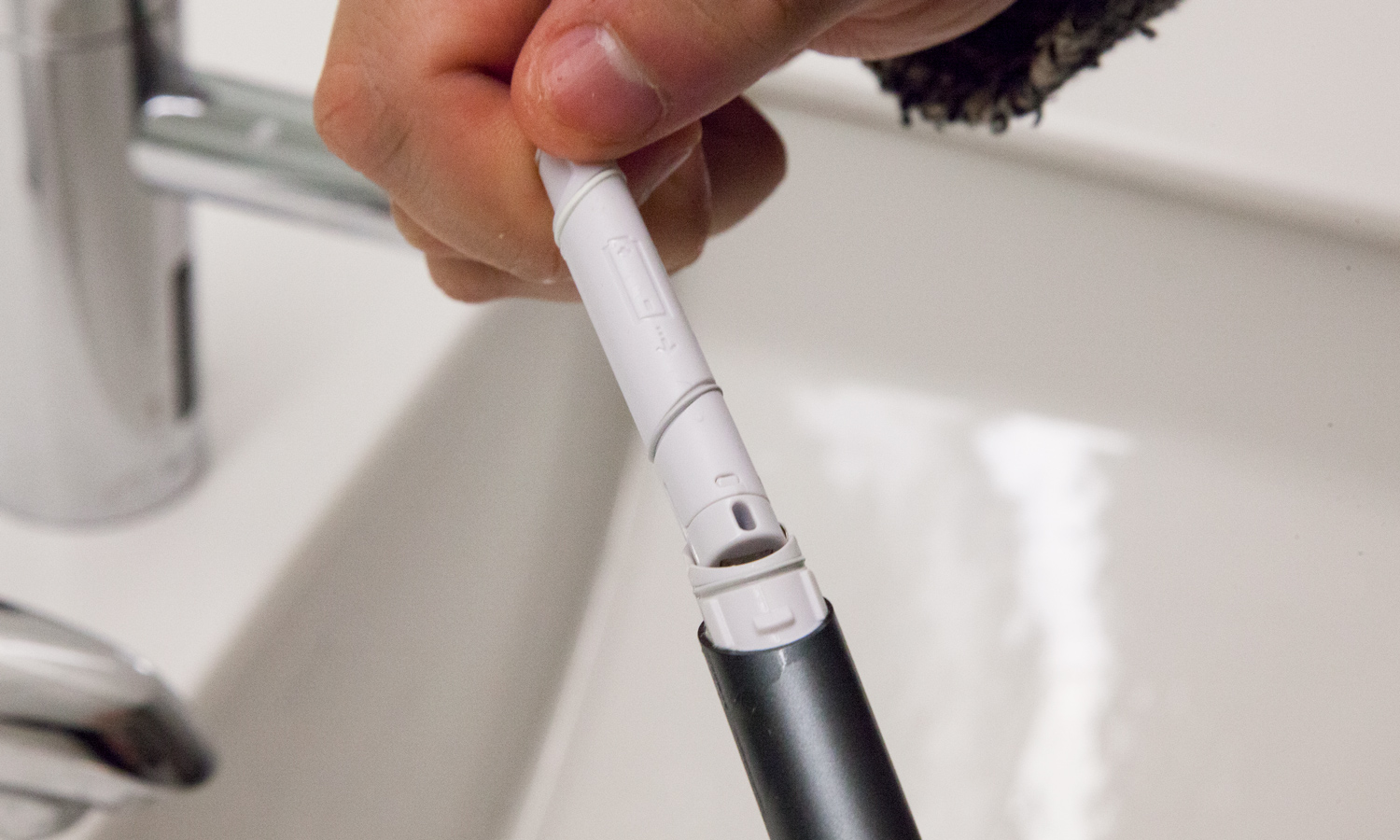
Surprisingly easy, considering how nice this product looks, and how we've been conditioned to not expect swappable batteries in slick tech.
Quip's Mint Toothpaste
Quip's Mint Anticavity Toothpaste provides a pretty normal taste, and foams up quite well. I showed Hilburg its ingredients, and she approved of its main active ingredients, sodium monofluorophosphate — which she said helps protect teeth from dental decay — and fluoride.
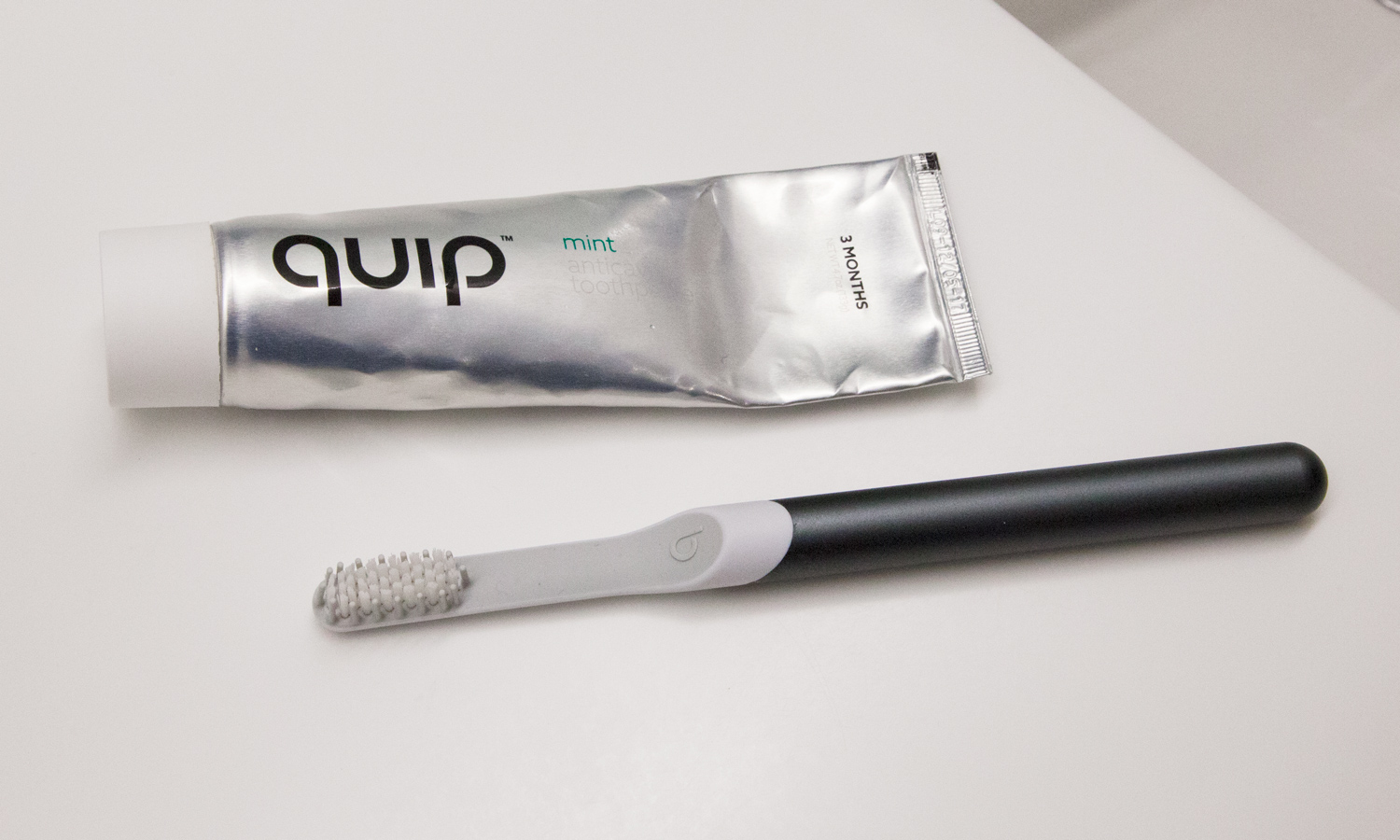
She did say that sodium lauryl sulfate "is considered a controversial ingredient," but noted that it's up to consumers to "do their homework" and "decide what they feel is right for them." A little research shows that some have argued sodium lauryl sulfate (SLS) is carcinogenic, but many — including Snopes — have argued against, and debunked, this argument.
Bottom Line
Aside from its sleek design, the greatest perk of the Quip is its automatic-refill program. Do you need to be reminded to buy new toothbrushes? If you've seen yours age poorly over the years, but done nothing to fix it, the Quip may be right for you. But it's more expensive, and doesn't offer any benefits over other electric toothbrushes with replaceable heads. For those who can remember to get a new toothbrush more often, you can skip the Quip.
Credit: Shaun Lucas/Tom's Guide

Henry is a managing editor at Tom’s Guide covering streaming media, laptops and all things Apple, reviewing devices and services for the past seven years. Prior to joining Tom's Guide, he reviewed software and hardware for TechRadar Pro, and interviewed artists for Patek Philippe International Magazine. He's also covered the wild world of professional wrestling for Cageside Seats, interviewing athletes and other industry veterans.
-
ecantarow I have three brushes, and the Quip, while wonderfully portable, does not satisfy like the Oral B Pro 3000 or the Sonicare Diamond Clean 9300. I use it the same way as I use a manual toothbrush per instructions from the best dentist I ever had, years ago, angling the brush head down towards the gum and sort of flipping it up to remove plaque. That's OK, but the Oral B does that for you; you don't have to manipulate it. I did order Sonicare Diamond Clean 9300 from eBay at a discount, but did lots of research before committing to it. It sounds like a tie with the Oral B pro and far more portable since it comes with a glass for wireless charging, which can be used anywhere in the world.Reply -
ecantarow PS The Quip is really pretty. But pretty is as pretty does. I'll probably carry it in my purse daily so I can use it at restaurants.Reply -
bleuchill I bought the Quip a year and a half ago, for $45 + free four refills. I've paid for two refills since getting it, and while it's satisfactory, it's expensive for what it offers. The subscription service isn't really as convenient as their pitch implies. You can buy a pack of 4-8 replacement brush heads from Sonic Care or Oral-B at a time. No annoying hipstery emails reminding you that you need to replace your brush head already.Reply
I've cancelled the subscription service and will move to a rechargeable toothbrush once June comes by. I can get one for $25 and do not need the cumbersome process of taking everything apart just to replace its battery.
